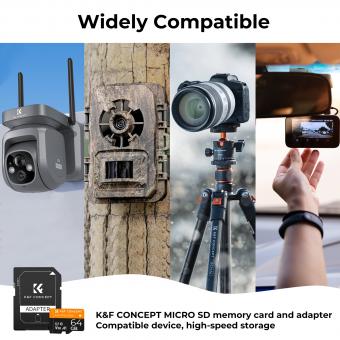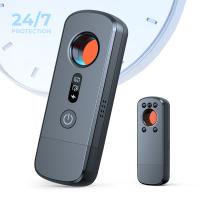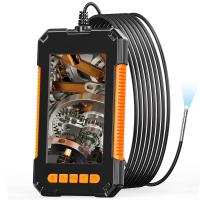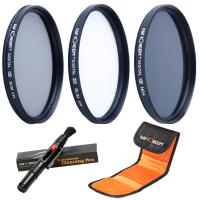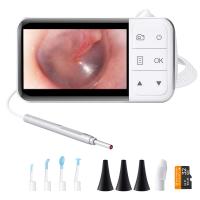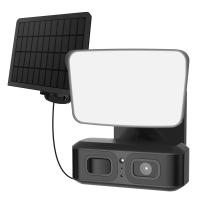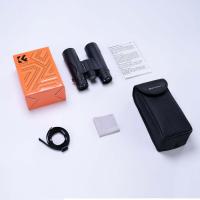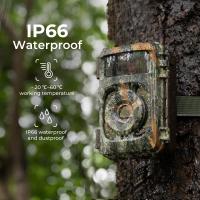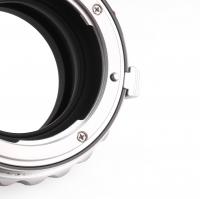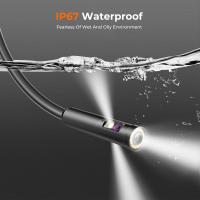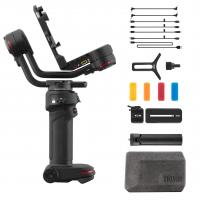When Did Surveillance Cameras Come Out ?
Surveillance cameras, also known as closed-circuit television (CCTV) cameras, were first introduced in the 1940s. However, they were not widely used until the 1960s when they became more affordable and accessible. Since then, surveillance cameras have become increasingly popular and are now commonly used in public spaces, businesses, and homes for security and monitoring purposes. With advancements in technology, surveillance cameras have also become more sophisticated, with features such as facial recognition and remote access.
1、 Early history of surveillance cameras
When did surveillance cameras come out? The early history of surveillance cameras dates back to the late 19th century when the first closed-circuit television (CCTV) system was developed by German engineer Walter Bruch in 1942. However, it wasn't until the 1960s that surveillance cameras became widely used in public spaces, such as banks and government buildings.
The first CCTV system was used in the United States in 1949 to monitor the launch of a rocket at Cape Canaveral. In the 1970s, surveillance cameras became more advanced with the introduction of color cameras and the ability to record footage onto videotape. By the 1990s, digital technology had revolutionized the surveillance industry, allowing for higher quality images and remote access to footage.
Today, surveillance cameras are ubiquitous in public spaces, including streets, airports, and shopping centers. They are also commonly used in private settings, such as homes and businesses, for security purposes. However, the use of surveillance cameras has become a controversial issue, with concerns about privacy and civil liberties. Some argue that the constant monitoring of individuals is a violation of their rights, while others argue that it is necessary for public safety.
In conclusion, surveillance cameras have been around for over 70 years, and their use has become increasingly widespread and sophisticated over time. While they have proven to be effective in deterring crime and providing evidence in criminal investigations, their use must be balanced with respect for individual privacy and civil liberties.
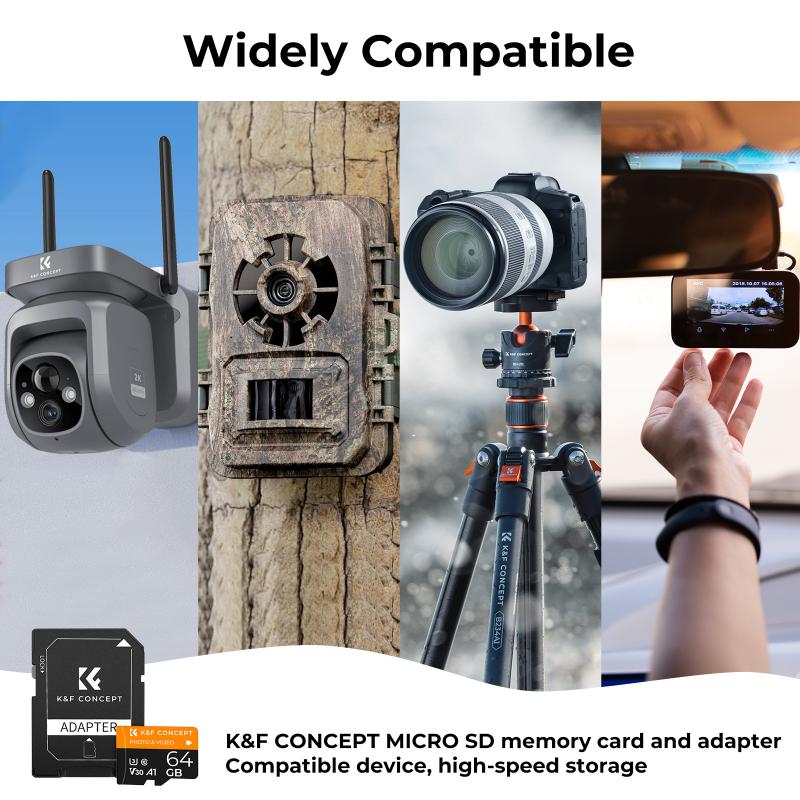
2、 Evolution of surveillance camera technology
When did surveillance cameras come out? The first surveillance camera was invented in 1942 by Walter Bruch, a German engineer. The camera was used to monitor the launch of V-2 rockets during World War II. However, it wasn't until the 1960s that surveillance cameras became more widely used in public spaces, such as banks and stores.
Over the years, surveillance camera technology has evolved significantly. In the 1970s, closed-circuit television (CCTV) cameras became more common, allowing for live monitoring of footage. In the 1990s, digital video recording (DVR) technology was introduced, allowing for easier storage and retrieval of footage.
Today, surveillance cameras are more advanced than ever before. Many cameras now have high-definition video capabilities, facial recognition technology, and the ability to be controlled remotely. Additionally, many cameras are now connected to the internet, allowing for live streaming and remote access to footage.
While surveillance cameras have been instrumental in solving crimes and improving public safety, they have also raised concerns about privacy and civil liberties. As technology continues to advance, it will be important to balance the benefits of surveillance cameras with the need to protect individual rights.
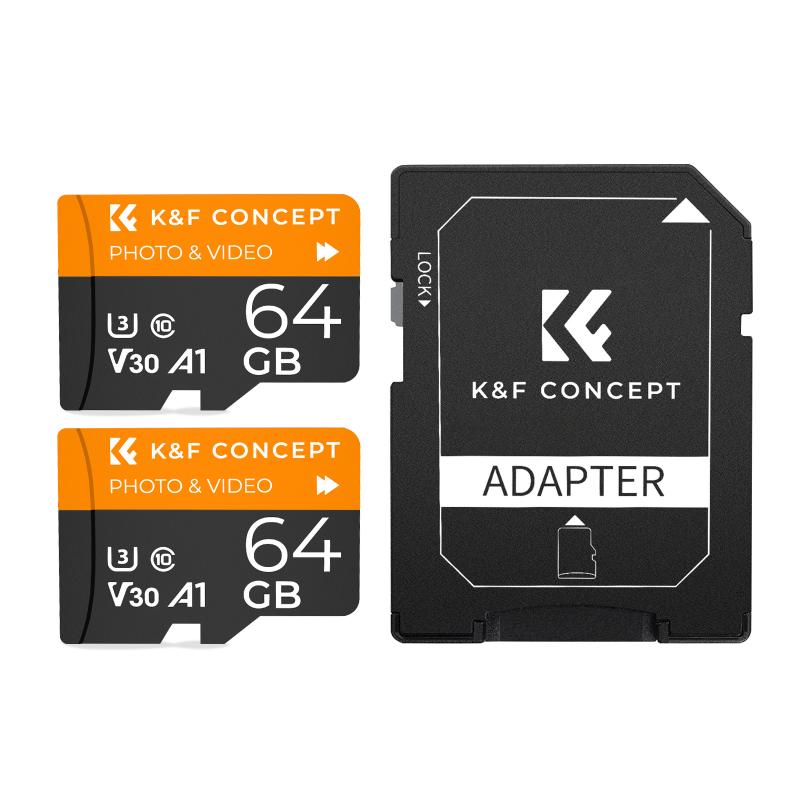
3、 Types of surveillance cameras
Types of surveillance cameras vary depending on their purpose, location, and technology. Some of the most common types include dome cameras, bullet cameras, PTZ cameras, thermal cameras, and IP cameras. Dome cameras are typically used for indoor surveillance and are designed to blend in with their surroundings. Bullet cameras, on the other hand, are more visible and are often used for outdoor surveillance. PTZ cameras are capable of panning, tilting, and zooming, making them ideal for monitoring large areas. Thermal cameras use heat signatures to detect movement and are often used in low-light or no-light environments. IP cameras are digital cameras that can be accessed remotely over the internet.
As for when surveillance cameras came out, the first CCTV (closed-circuit television) system was installed in Germany in 1942 to monitor the launch of V-2 rockets. However, it wasn't until the 1960s that CCTV systems became more widely used for security purposes. Since then, surveillance cameras have become increasingly advanced and affordable, with many businesses and homeowners installing them for added security. In recent years, there has been some controversy surrounding the use of surveillance cameras, with concerns about privacy and civil liberties. However, many people still see them as an effective way to deter crime and protect property. The latest advancements in surveillance camera technology include facial recognition software, 360-degree cameras, and AI-powered analytics that can detect unusual behavior and alert security personnel.
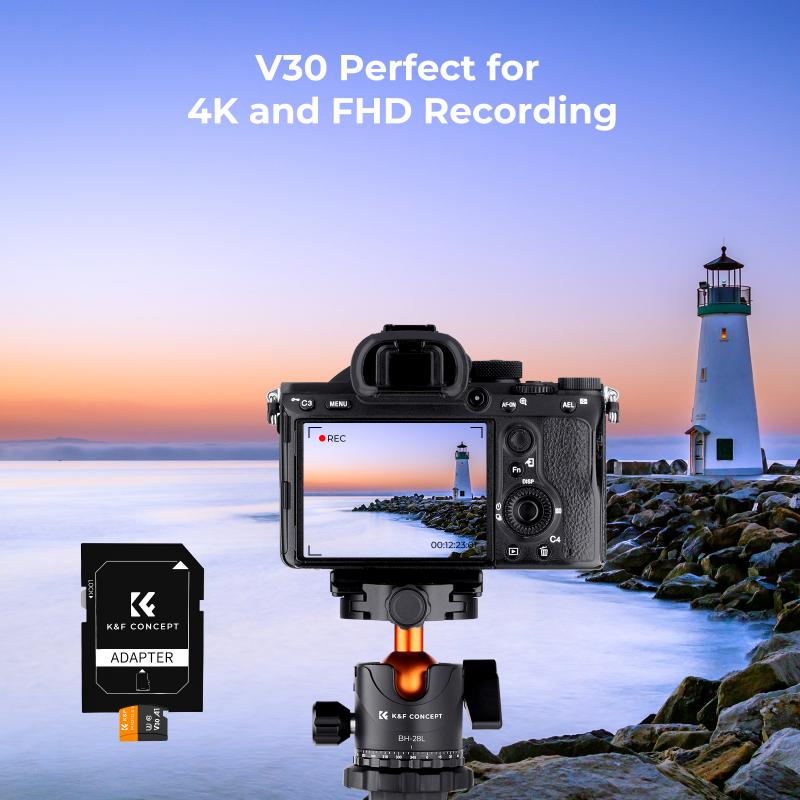
4、 Impact of surveillance cameras on society
When did surveillance cameras come out?
Surveillance cameras have been around since the early 1940s, but they were not widely used until the 1970s. The first CCTV (closed-circuit television) system was installed in Germany in 1942 to monitor the launch of V-2 rockets. In the 1960s, CCTV systems were used in banks and other high-security areas. However, it was not until the 1970s that CCTV systems became more affordable and accessible to the general public.
Impact of surveillance cameras on society
The impact of surveillance cameras on society has been a topic of debate for many years. On one hand, surveillance cameras have been credited with reducing crime rates and increasing public safety. They have been used to catch criminals in the act and provide evidence in court. They have also been used to monitor traffic and prevent accidents.
On the other hand, surveillance cameras have been criticized for invading people's privacy and creating a culture of surveillance. Critics argue that surveillance cameras are often used to monitor innocent people and that they can be used to discriminate against certain groups of people. They also argue that surveillance cameras can be used to intimidate and control people.
The latest point of view on the impact of surveillance cameras on society is that they are a necessary evil. While they do invade people's privacy, they are also an important tool for law enforcement and public safety. However, it is important to ensure that surveillance cameras are used responsibly and that people's privacy rights are protected. This can be done by implementing strict regulations on the use of surveillance cameras and ensuring that they are only used for legitimate purposes.

















